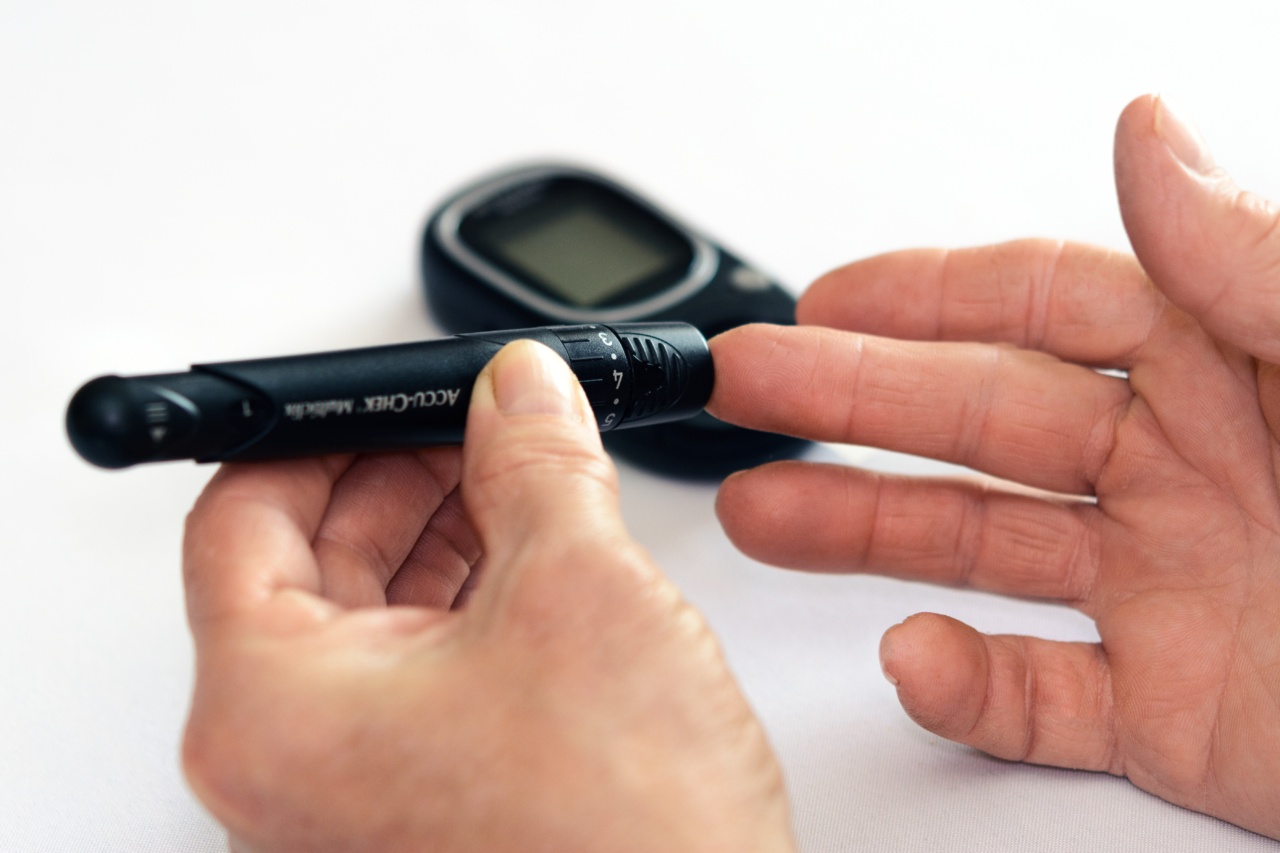Cholesterol is a waxy substance found in the blood that is essential for the proper functioning of the body. However, having high cholesterol levels can be harmful to one’s health, especially for men.
High cholesterol increases the risk of heart disease, stroke, and other cardiovascular problems. Therefore, it is important for men to monitor their cholesterol levels regularly. In this article, we will discuss when men should start checking their cholesterol levels and how to maintain healthy cholesterol levels.
Understanding Cholesterol Levels
Cholesterol levels are measured using a blood test called a lipid profile. The test measures four types of cholesterol: total cholesterol, LDL cholesterol (low-density lipoprotein), HDL cholesterol (high-density lipoprotein), and triglycerides.
Total cholesterol is the sum of LDL, HDL, and 20% of triglycerides. LDL cholesterol is often referred to as “bad” cholesterol because it can build up in the arteries, whereas HDL cholesterol is considered “good” cholesterol because it helps remove LDL cholesterol from the arteries.
When to Start Checking Cholesterol Levels
The American Heart Association recommends that men should start checking their cholesterol levels at the age of 35.
However, if men have certain risk factors such as obesity, a family history of heart disease or high cholesterol, or if they have pre-existing conditions like diabetes or high blood pressure, it is recommended to start testing earlier, around the age of 20. Men who smoke or have a sedentary lifestyle should also consider getting their cholesterol levels checked earlier.
Risk Factors for High Cholesterol in Men
Several risk factors can contribute to high cholesterol levels in men. These include:.
- Obesity: Excess weight, especially around the waist, can increase LDL cholesterol and decrease HDL cholesterol.
- Lack of physical activity: Exercise helps raise HDL cholesterol and lower LDL cholesterol.
- Unhealthy diet: Consuming foods high in saturated and trans fats can raise LDL cholesterol levels.
- Smoking: Smoking damages blood vessels and lowers HDL cholesterol.
- Family history: If close family members have high cholesterol or heart disease, there is an increased risk for the individual.
- Age: Cholesterol levels tend to rise with age.
Checking Cholesterol Levels: Testing Procedure
To check cholesterol levels, a simple blood test is performed. This test is usually done after a period of fasting, typically overnight, to provide more accurate readings.
The lipid profile test measures the levels of total cholesterol, LDL cholesterol, HDL cholesterol, and triglycerides in the blood.
Interpreting Cholesterol Test Results
The results of a cholesterol test are typically expressed in milligrams per deciliter (mg/dL) of blood. Here is a general guideline for interpreting cholesterol test results:.
- Total cholesterol: Desirable levels are below 200 mg/dL. Levels between 200-239 mg/dL are considered borderline high, and levels above 240 mg/dL are considered high.
- LDL cholesterol: Optimal levels are below 100 mg/dL. Levels between 100-129 mg/dL are near optimal, 130-159 mg/dL are borderline high, 160-189 mg/dL are high, and levels above 190 mg/dL are very high.
- HDL cholesterol: Higher levels of HDL (above 60 mg/dL) are considered protective against heart disease, while levels below 40 mg/dL (and for men, below 50 mg/dL) are associated with an increased risk.
- Triglycerides: Normal levels are below 150 mg/dL. Levels between 150-199 mg/dL are borderline high, 200-499 mg/dL are high, and levels above 500 mg/dL are very high.
Maintaining Healthy Cholesterol Levels
There are several lifestyle changes men can make to maintain healthy cholesterol levels:.
- Eat a heart-healthy diet: Choose foods low in saturated and trans fats, and high in fiber such as fruits, vegetables, whole grains, and lean proteins.
- Engage in regular physical activity: Aim for at least 30 minutes of moderate-intensity exercise most days of the week.
- Maintain a healthy weight: Losing excess weight, especially around the waistline, can help improve cholesterol levels.
- Avoid smoking and limit alcohol consumption: Smoking damages blood vessels and lowers HDL cholesterol, while excessive alcohol intake can raise triglyceride levels.
- Manage stress: Chronic stress can affect cholesterol levels. Finding healthy ways to manage stress, such as through exercise or relaxation techniques, is important.
The Role of Medication
In some cases, lifestyle changes alone may not be enough to bring cholesterol levels under control. In such cases, medications may be prescribed to lower cholesterol.
Common medications include statins, which help reduce LDL cholesterol production in the liver, and fibrates, which help lower triglyceride levels.
The Importance of Regular Monitoring
Once cholesterol levels have been checked and appropriate lifestyle changes or medications have been initiated, it is important to monitor cholesterol levels regularly.
This will help determine if the changes being made are effective in maintaining healthy levels. Discuss with a healthcare professional about how often to get retested based on individual health status, risk factors, and treatment plan.
Conclusion
Monitoring cholesterol levels is essential for men’s health, as elevated cholesterol levels can significantly increase the risk of heart disease and other cardiovascular problems.
Men should start checking their cholesterol levels around the age of 35, or earlier if they have certain risk factors. By making lifestyle changes and, if necessary, taking medications, men can maintain healthy cholesterol levels and reduce the risk of heart disease and other health complications.




























